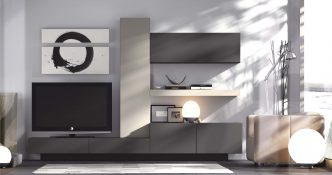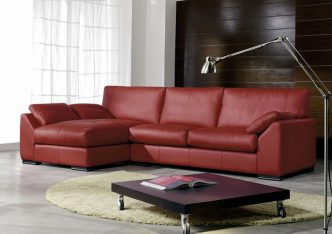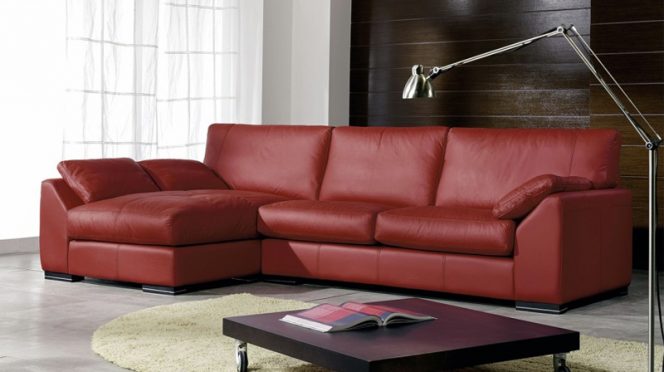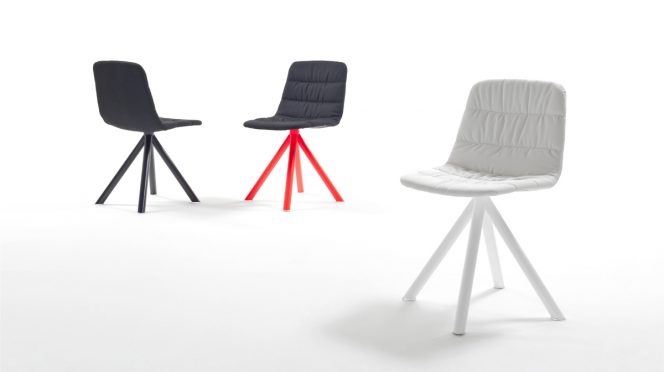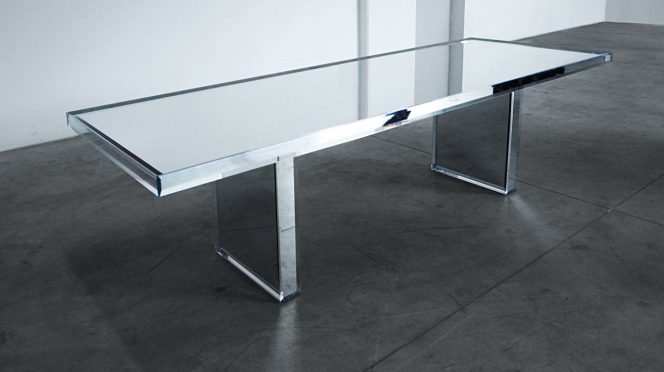Sprucing up the office with new furniture is exciting, but there’s a little more to it than shoving some desks in. A little planning can go a long way in making the whole process smooth and keeping your team productive and comfy.
Whether you’re refreshing one department or redoing the whole floor, planning things out can save you a headache later. Think about the space you have, what your team needs to do their best work, and how everyone moves around the office. When you pick out furniture, keeping this in mind will ensure that everything fits together nicely and everyone will have the space they need to shine.
Continue reading for expert insights on how to master the intricacies of office furniture installation and transform your workspace into an optimal environment for success.
Assess Your Space And Needs
Before you dive headfirst into furniture shopping, take a good look at your office space. Measure the available area, consider how the furniture will fit together, and most importantly, consider your employees’ needs.
For effective planning, consider these points:
Measure precisely
Accurate measurements of your office are fundamental. Note the dimensions of all rooms, doorways, and obstructions that could impact furniture placement.
Analyze work requirements
Understand your employees’ daily activities and needs. Does their work require collaborative spaces, private areas, or specialized furniture like standing desks or drafting tables?
Design a functional layout
Utilize the measurements and your understanding of staff needs to draft a preliminary floor plan. Tools like CAD software can be helpful, but even simple drawing apps can give you a visual of space utilization.
You’re ready to choose your new fixtures once you know what’s needed and where it’ll go. Remember, office furniture & fixture installation isn’t just about physical placement but ensuring that the new setup complements the workflow.
Select The Right Furniture
Choosing the right furniture is vital for both comfort and productivity. Opt for items that fit the space and enhance the work environment.
The following are essential tips for furniture selection:
Prioritize ergonomics
Your employees’ health is paramount, so select chairs and desks that enhance their comfort and posture. Adjustable features such as seat height, backrests, and desk heights are essential for catering to individual needs and fostering a healthy work environment.
Aim for a unified aesthetic
The furniture should reflect your company’s brand and ethos. Consistent design and colors help reinforce your company’s identity and enhance the workplace atmosphere.
Invest in durability
Choose furniture that’ll withstand the rigors of daily use. High-quality materials have a higher initial cost but offer better longevity and fewer replacements.
When carefully selecting furniture that meets these criteria, you lay a foundation for a workspace that looks good and promotes well-being and productivity among your team.
Plan The Installation Process
Proper planning of your office furniture installation is essential to ensure a smooth transition with minimal disruption to daily operations. Organizing the details in advance can prevent potential obstacles and streamline the process.
Below are key strategies to plan your installation:
Choose a suitable time
Schedule the installation during a period that minimizes impact on work. This might mean during off-hours or over a weekend.
Communicate with your team
Ensure everyone in your office knows the schedule and any areas they need to clear beforehand.
Coordinate with vendors
Confirm delivery times and installation support. Ensure the installers have access and clear instructions about where each piece goes.
These steps will help manage expectations and maintain operational continuity. The focus is on preparing everyone involved for a smooth installation, ensuring a seamless and effective transition to new office furniture that supports a healthy work environment.
Prepare Your Office Environment
Ensuring your office is ready for the arrival of new furniture is vital to a seamless installation process. This preparation involves a series of steps to safeguard the workspace and the new fixtures.
Here are the preparations you should make:
Clear the workspace
Remove existing furniture and any clutter. This step facilitates easier access for installers and speeds up the installation process.
Protect your space
Use covers for flooring and adjacent furnishings to prevent scratches, dents, or other damages during the move-in. Protective measures help maintain the integrity of both your new and existing assets.
Check the accessibility of utilities
For those fancy new desks or techy equipment, make sure the power outlets and internet ports are all working and within reach. This will save everyone a scramble on delivery day. Like you wouldn’t want a dead phone on a road trip, you don’t want the movers to hunt for hidden outlets.
With the space adequately prepared, you can anticipate a straightforward installation, ensuring your office transitions smoothly into its new configuration and is ready for immediate use post-installation.
Conclusion
Successfully installing new office furniture requires meticulous preparation and strategic execution. By carefully assessing your space, selecting the right furnishings, planning the logistics, and preparing your environment, you create a workspace that looks great and fosters productivity and well-being. Embrace this opportunity to revitalize your office’s layout and functionality, ensuring it meets the evolving needs of your team and business.



